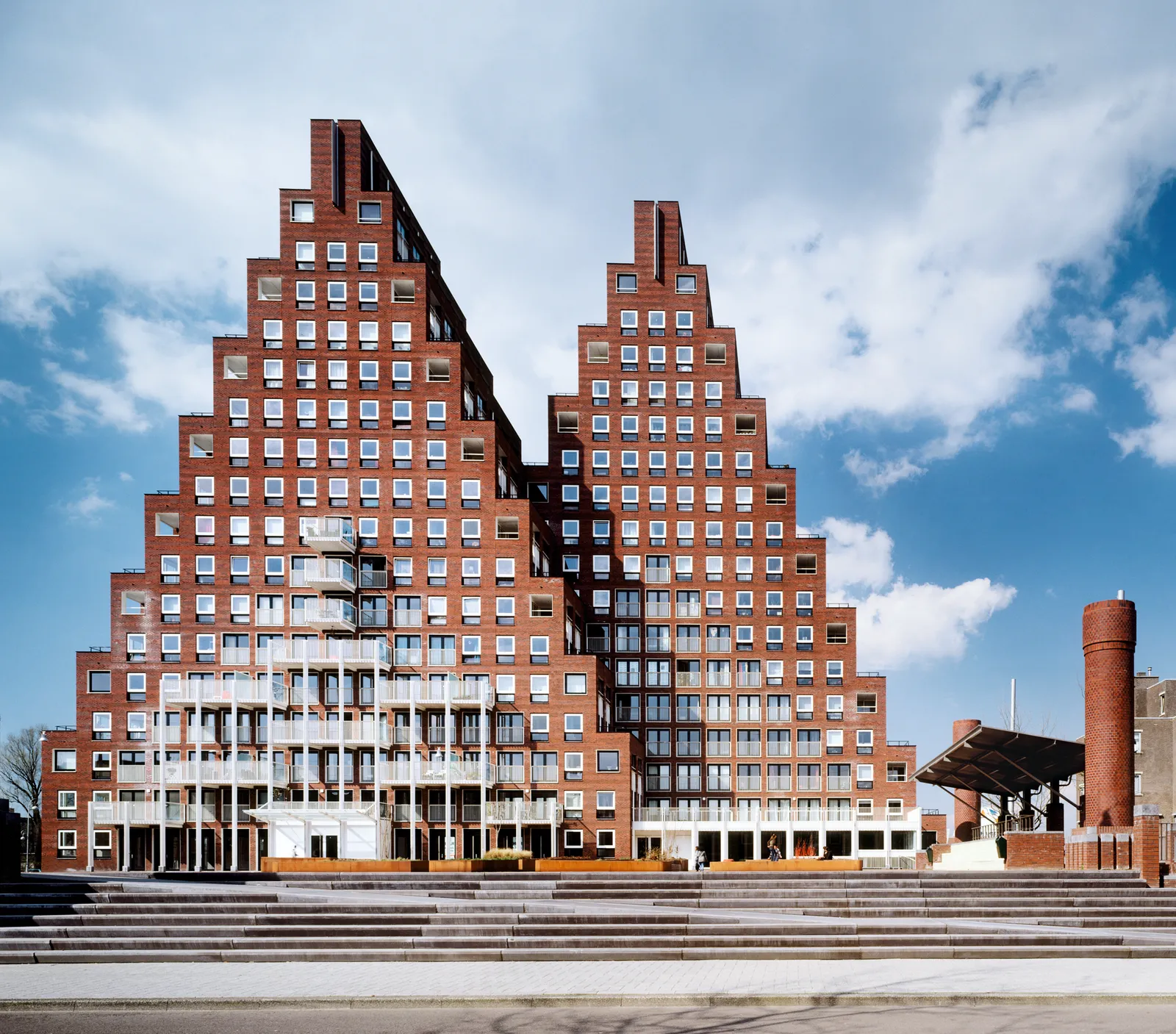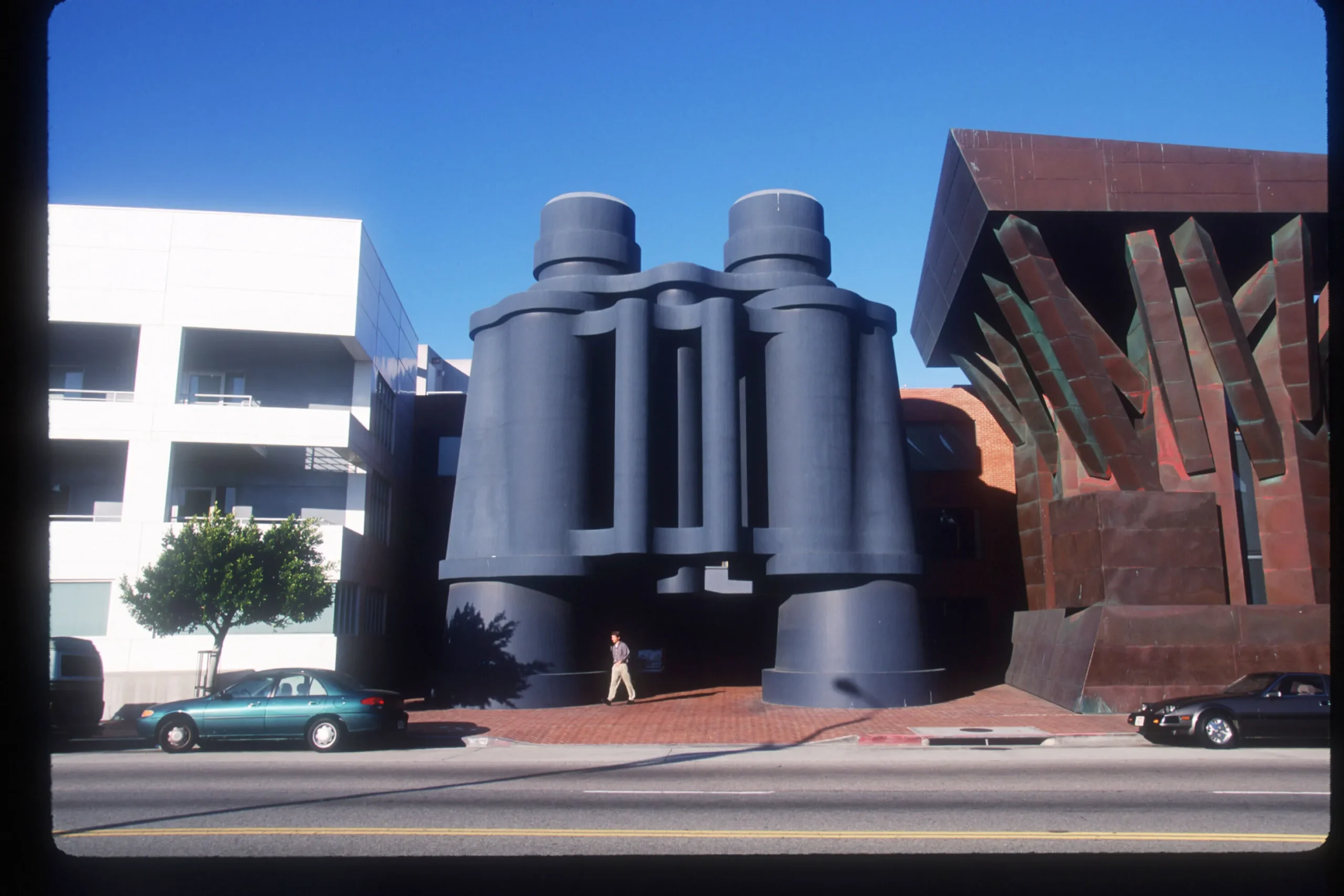Postmodern Architecture: Characteristics and Key Architects
- By -Peter
- Posted on
- Posted in Modern Architecture
Postmodern architecture emerged in the mid-20th century as a reaction against the austerity, formality, and lack of variety of modern architecture, particularly the International Style established by architects like Le Corbusier and Ludwig Mies van der Rohe. While modernism emphasized simplicity and functionalism, postmodernism embraced complexity, contradiction, and a playful, eclectic approach to design. This article delves into the defining characteristics of postmodern architecture and profiles some of its key architects.

Characteristics of Postmodern Architecture
- Eclecticism and Historical Reference: Postmodern architecture is known for its eclectic mix of styles and historical references. Architects often borrow elements from various periods and cultures, combining them in unexpected ways. This can include classical columns, arches, and ornamentation applied to modern building forms, creating a dialogue between past and present.
- Ornamentation and Decoration: Unlike the minimalist approach of modernism, postmodern buildings frequently feature decorative elements and ornamentation. These details are often exaggerated or whimsical, serving both aesthetic and symbolic purposes. Ornamentation in postmodern architecture is not just a nod to history but also a way to communicate meaning and engage viewers.
- Complexity and Contradiction: Postmodern architecture embraces complexity and contradiction, challenging the modernist notion that form should follow function. Buildings often have fragmented, asymmetrical shapes and a playful mix of materials and colors. This complexity can create a sense of surprise and intrigue, encouraging exploration and interpretation.
- Contextualism: Postmodern architects place a strong emphasis on context, designing buildings that respond to their surroundings. This approach contrasts with the universal solutions favored by modernists. Postmodern buildings often reflect local culture, history, and environment, creating a sense of place and belonging.
- Playfulness and Irony: Humor and irony are integral to postmodern architecture. Architects use these elements to critique and challenge architectural conventions and cultural norms. This playful approach can be seen in the use of unexpected forms, exaggerated scales, and unconventional materials.
- Pluralism and Inclusivity: Postmodernism celebrates pluralism and inclusivity, rejecting the homogenizing tendencies of modernism. This is reflected in the diverse range of architectural expressions and the incorporation of varied cultural references. Postmodern architecture often seeks to be more accessible and relatable to a broader audience.
Key Architects of Postmodern Architecture
- Robert Venturi: Often considered the father of postmodern architecture, Venturi’s work and writings, especially “Complexity and Contradiction in Architecture” (1966), laid the theoretical foundation for the movement. His designs, such as the Vanna Venturi House, exemplify the playful, eclectic, and historically referenced style of postmodernism.
- Michael Graves: Known for his colorful and whimsical buildings, Michael Graves was a prominent figure in the postmodern movement. His Portland Building (1982) in Oregon is one of the most famous examples of postmodern architecture, featuring bold colors, classical references, and a sense of fun.
- Philip Johnson: Originally a champion of modernism, Johnson later became a key proponent of postmodern architecture. His AT&T Building (now 550 Madison Avenue) in New York, completed in 1984, is iconic for its Chippendale-inspired top and marked a significant departure from modernist principles.
- Charles Moore: Moore’s work is characterized by its playful use of color and form, and its incorporation of historical references. His Piazza d’Italia in New Orleans (1978) is a notable example, blending elements of classical architecture with a vibrant, theatrical style.
- Aldo Rossi: An influential Italian architect and theorist, Rossi is known for his work that blends modernist principles with historical context and memory. His Teatro del Mondo, a floating theater in Venice, exemplifies his approach to creating architecture that is both modern and deeply rooted in its historical and cultural context.
- James Stirling: Stirling’s work is noted for its bold, unconventional forms and complex geometries. His designs, such as the Neue Staatsgalerie in Stuttgart, showcase his ability to blend modernist and postmodernist elements, creating buildings that are both functional and visually striking.
Conclusion
Postmodern architecture represents a vibrant and eclectic response to the rigidity of modernism. By embracing complexity, ornamentation, and historical reference, postmodern architects have created a diverse and dynamic architectural landscape. The movement’s key figures, including Robert Venturi, Michael Graves, and Philip Johnson, have left an indelible mark on the built environment, challenging and expanding the boundaries of architectural design.



